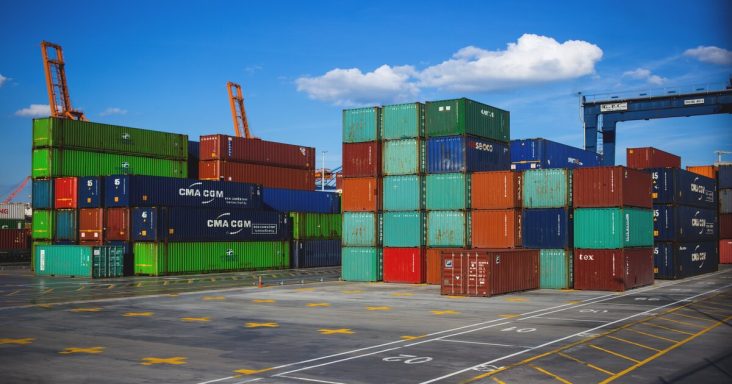Report shows shippers alternatives to popular goals amid challenging freight market
by December 28, 2021 2:22 pm 512 views

Setting goals, or resolutions, is common at the start of the year, but some of the most popular ones that shippers have considered to boost their bottom line or customer experience might do more harm than good, according to a new report.
In a recent whitepaper, Kansas City, Mo.-based logistics software company Sifted offered shippers 2022 goals while it discouraged them from unrealistic ones, such as offering free shipping to everyone. According to the report, because 2022 is expected to be a “turbulent year in the shipping world,” such goals likely won’t be achieved “no matter how much willpower or determination you have. The market climate simply can’t support these goals.”
Instead of offering free shipping to everyone, only offer it at times when it makes sense, the report shows. This might be when a customer orders over $50 or $75 in items. Or, shippers can provide free delivery to carrier drop-off locations instead of customers’ homes.
According to the report, the challenge is to ensure items contain enough profit margin to cover the shipping cost. However, with increased shipping costs, this is difficult. According to Sifted, carrier rates continue to rise, and the 2022 general rate increase is the largest in nearly 10 years.
Yet, whether e-commerce customers complete a purchase is often based on the shipping costs that they face. According to the 2021 Consumer Trends Report, 66% of consumers expect free shipping for all online orders. And, nearly half of online shoppers will abandon their carts when the extra costs for shipping, taxes or fees are too high.
Another goal that shouldn’t be on shippers’ 2022 list of resolutions is to guarantee two- to three-day shipping, according to Sifted. While cost is the most important factor regarding shipping, delivery speed is No. 2, the report shows. More importantly, however, is a combination of the two as 71% of consumers consider free two-day shipping as the most important delivery service.
Instead of offering a shipping guarantee, set realistic expectations with consumers who also are “adjusting to the realities of the state of the world we live in now,” according to the report. “The world in which supply chain issues, labor shortages and high shipping costs are the norm.”
The report shows that 97.8% of consumers believe it’s at least somewhat or very important for shippers to let them know when orders will arrive. They also understand that two- or three-day delivery for all products is not possible. And, 95% of consumers are willing to give retailers more time to deliver items.
According to Sifted, shippers should put an estimated delivery date on the order page. Three-fourths of shoppers said having an estimated delivery date on the order page or the cart had a positive influence on whether they made a purchase. However, the report shows that shippers should be cautious with the delivery estimate: If an order is delivered to consumers sooner than expected, “your customer will be delighted. But if it arrives later than your (estimated delivery date), they’re likely to feel negatively toward your brand.” Also, shippers should update consumers on delivery delays because 69.7% of consumers are less likely to shop with a brand again if they aren’t informed of the delay.
According to the report, shippers should look to strategically renegotiate agreements with carriers.
“It’s a carrier’s market, and they know it,” the report shows. “So, don’t go burning any bridges with your carrier.”
Determine what areas are most impacted by carrier fees and those that are not. This will allow shippers to focus on the areas in the carrier agreement that can help save money, the report shows. Also, shippers might offer something that carriers would find appealing enough to negotiate.
“Some of these things might even be counterintuitive,” said Caleb Nelson, chief revenue officer for Sifted. “But you have to have a carrot you can dangle out there.”
Examples include changing cut-off times that are more favorable for carriers or helping them to be more efficient amid labor shortages by arranging for a drop trailer. These concessions might lead the carrier to consider an area of the agreement the shipper would like to change.
The report also shows that shippers should continue to improve distribution networks as this will allow for faster and more affordable delivery to customers. Shippers that delay investments into their networks can expect longer transit times and more costs. Areas in which shippers can look to ensure an optimized distribution network include where their customers are located, where the packages are leaving from to reach them and where packages are going most consistently. With this information, shippers can complete what-if scenarios to determine how much faster packages can be shipped to consumers if the distribution footprint is expanded or if a distribution center is relocated.
According to the report, shippers should ensure profitability before launching new products or entering a new market. “This is especially important in 2022 as profit margins will likely be eroded due to high shipping costs,” the report shows. Shippers should know the following to determine whether it’s time to launch:
- Good understanding of existing client location
- Total cost of goods to serve new market or launch product
- Ability to pivot if needed
